Auger Balancing at Flour Milling Plant
Screw conveyors are a key element of the technological process at flour milling enterprises. They ensure continuous transportation of grain and flour between various stages of production. Disruption of auger balancing can lead to serious problems in equipment operation and reduced production efficiency.
This article examines a practical case of screw conveyor balancing using the portable device Balanset-1A.
Role of the Auger in Flour Milling Production
An auger is a metal shaft with a complex helical surface designed for transporting bulk materials. In the flour milling industry, screw conveyors ensure the movement of grain and finished products over considerable distances with specified productivity.
Auger imbalance occurs when mass is unevenly distributed relative to the axis of rotation. This can happen for various reasons: manufacturing inaccuracies, uneven wear, material accumulation in certain zones of the helical surface.
Problem Diagnosis
During technical inspection of the equipment, the following signs of imbalance were identified:
- Increased vibration level of the screw conveyor housing
Measurements showed exceedance of permissible vibration values, which required balancing work.
Balancing Technology
The balancing procedure was performed according to the following methodology:
Preparatory Stage
Equipment technical condition was checked, vibration sensors were installed on bearing housing supports, laser tachometer was configured to measure rotation frequency and phase characteristics.
Initial Measurements
Initial vibration parameters were recorded at the working rotation frequency of the auger. The type of imbalance was determined — for this rotor it is dynamic imbalance, requiring correction in two planes.
Trial Weight Installation
Calibrated trial weights were sequentially installed in each correction plane. The system automatically calculated influence coefficients based on changes in vibration parameters.
Correction Weight Calculation
The software automatically determined the masses and angular positions of permanent correction weights for each correction plane. Weights were installed and securely fastened considering the acting centrifugal forces.
Balancing Results
After completing the balancing procedure, control measurements showed a significant reduction in vibration level to values corresponding to technical requirements. Equipment was returned to operation.
For comparison: when balancing a similar auger weighing 500 kg at LLC "Ufatverdosplav" enterprise, it was possible to reduce the initial unbalance by 50 times. Residual imbalance was 3552 g×mm in the first plane and 2220 g×mm in the second plane, which corresponds to balancing class G6.3 according to GOST ISO 1940-1.
Benefits of Quality Balancing
- Increased equipment service life: Reduction of dynamic loads decreases wear of bearings, couplings and other drive elements, extending maintenance intervals.
- Improved work efficiency: A balanced auger ensures uniform material transportation without pulsations and blockages in the technological line.
- Improved operating conditions: Vibration reduction decreases noise impact and creates safer working conditions for personnel.
- Reduced operating costs: Decreased electricity consumption, reduced maintenance and spare parts expenses.
- Increased production reliability: Elimination of unplanned equipment stops ensures technological process stability.
Conclusion
Balancing of screw equipment is an important component of technical maintenance at flour milling enterprises. The use of modern portable devices like Balanset-1A allows effective solution of imbalance elimination tasks directly at the equipment operation site.
Regular performance of balancing work contributes to maintaining high production efficiency, reducing operating costs and ensuring safety of technological processes.
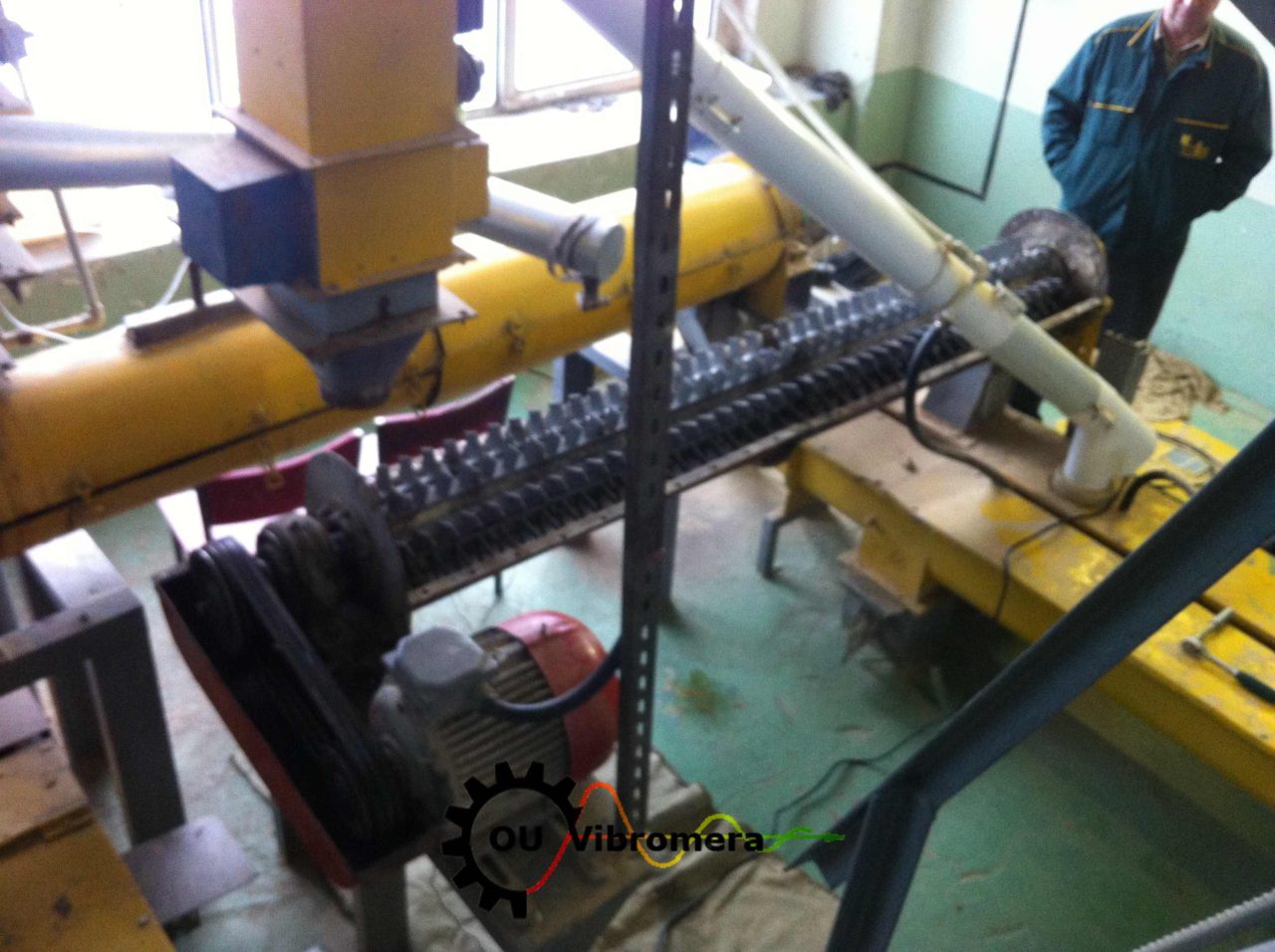
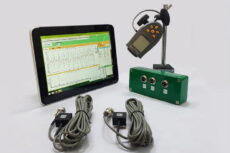
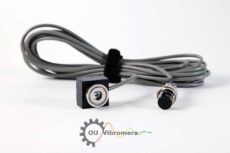
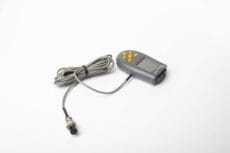
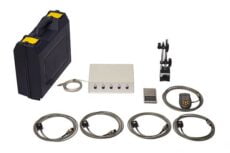
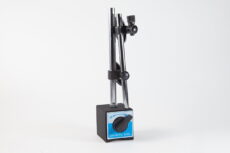

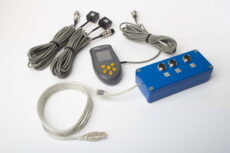
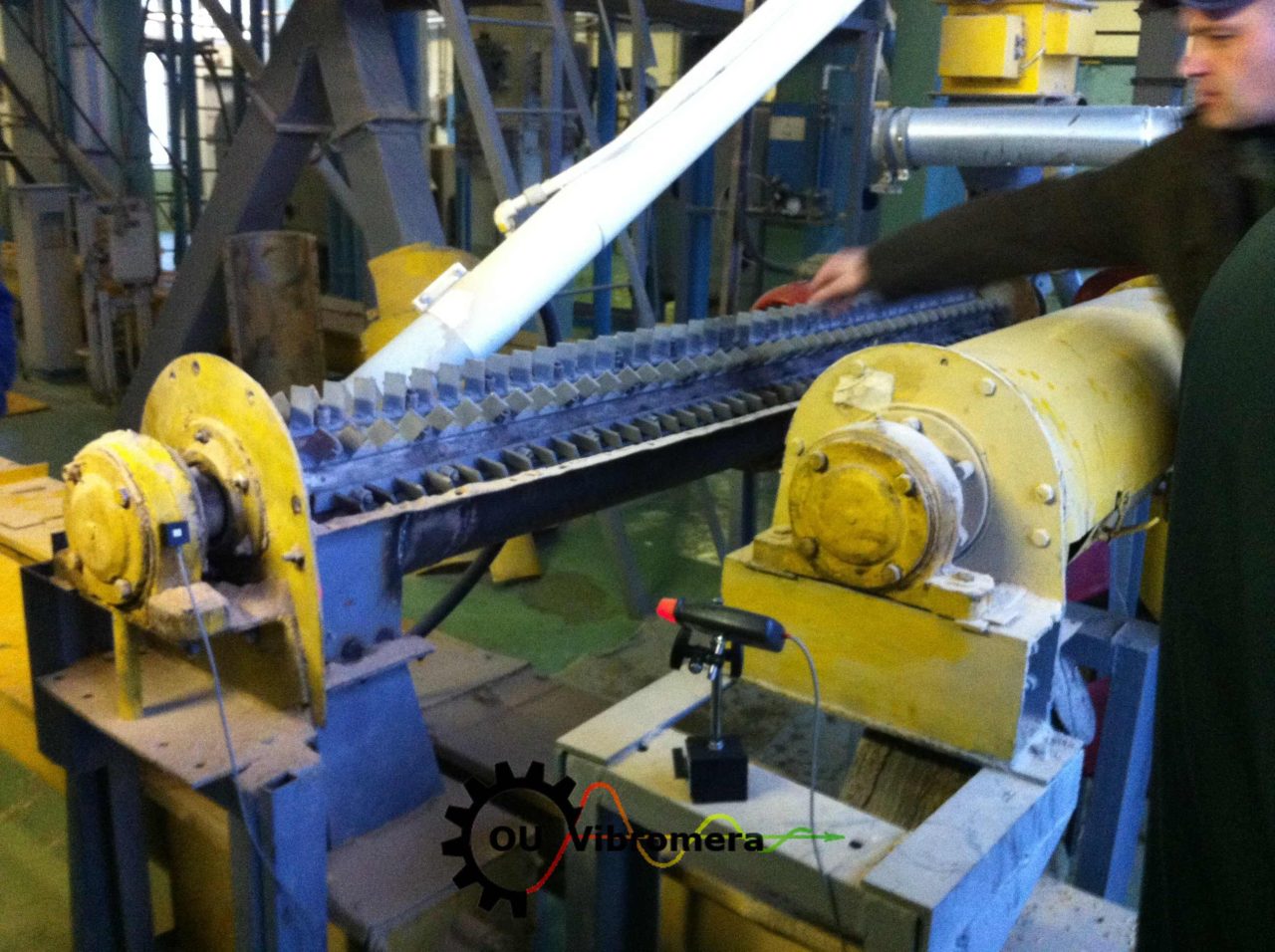
0 Comments